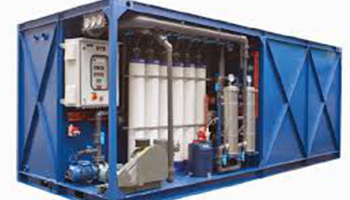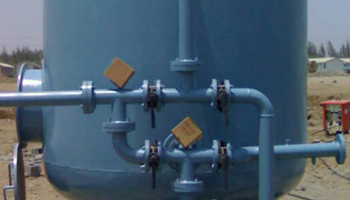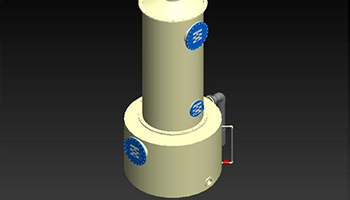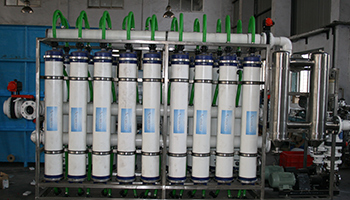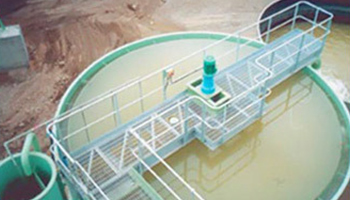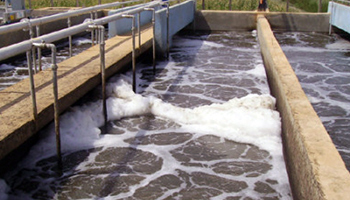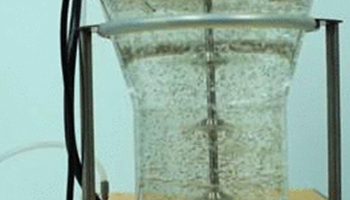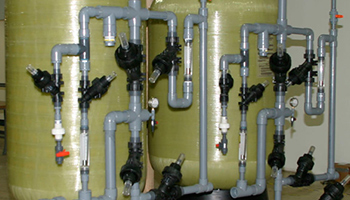Waste Water Management
More than one among every six people in the world are “water-stressed”, i.e., they do not have access to potable water. Unfortunately, 1.1 billion people from the developing countries of the world fall into this category.
Water, as a resource, is a fast depleting body. Pollution, being one of the major concerns in the world today, make it nonetheless, more important for the waste-water treatment to be inevitable and extremely essential for saving pure water.
We, at Sparkle, provide potent solutions for purifying waste-water, domestic and diverse industrial purposes. While doing so, we ensure that maximum amount of water is treated to the level of being reused.
Basically, waste-water can be classified into two types: Sewage and Effluent.
For any Sewage, the major contaminants are biological-oxygen- demand, chemical-oxygen-demand and suspended impurities.
For removing suspended impurities, Sparkle provides primary settling with the equipment such as clarifiers and tube/ plate settlers .
Sparkle employs various technologies for treating chemical-oxygen- demand and biological-oxygen-demand, depending upon the requirement of the treated-water parameter conditions. For treating waste water, both the processes : the suspended growth process comprising of activated sludge process and extended aeration; and the attached growth process comprising of submerged aerated fixed film reactors and moving bed bioreactors are employed. The post- treatment process is generally, carried out with filtration and disinfection.
Sparkle also provides the combination - membrane bioreactors.
Sparkle waste water management solution offers value added services to its customers by supplying water of superior quality and large quantity.
Using innovative techniques, Sparkle enhances process efficiency and offers industry specific solutions for customized requirements.
The various processes involved in treating the effluent are industry-specific and therefore, customized accordingly.
Sparkle undertakes a systematic study of the effluent in its effectively designed Laboratory and conducts pilot trials before suggesting the solution. The solution provided is the combination of specific, biological and physical treatment.
At Sparkle, we believe in the LAST DROP CONCEPT, so we select the technology which wastes the least amount of water while purifying it.
